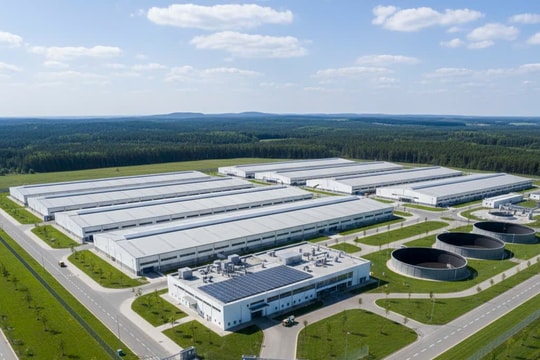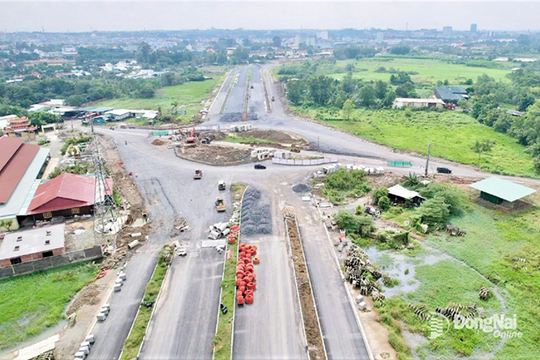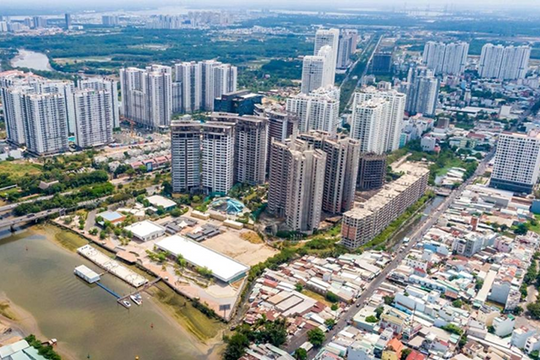With its strategic geographic location and substantial infrastructure investments, Southeast Asia is establishing itself as a vital multimodal logistics hub in the world. Serving not only domestic and regional transportation needs, Southeast Asia also acts as an essential bridge between major economies, making the region an attractive destination for international logistics enterprises.
Strategic Location and Development Potential
The region is leveraging its geographical advantages to expand its logistics network, encompassing extensive seaport systems, international airports, and well-connected road and rail networks. According to the Association of Southeast Asian Nations (ASEAN), countries in the region are intensifying efforts to build an "East-West Economic Corridor" to stimulate economic and regional logistics development, projected to lower shipping costs and reduce delivery times between member states.
.jpg)
.jpg)
Strong Investment in Logistics Infrastructure
Investing in logistics infrastructure has become a top priority for many Southeast Asian countries. Singapore has long been renowned for its world-leading seaport and the advanced Changi Airport. Meanwhile, Vietnam is emerging as a promising logistics hub. A report from Mordor Intelligence indicates that Vietnam's freight and logistics market was valued at approximately USD 48.57 billion in 2024 and is expected to grow to USD 71.88 billion by 2030, with an annual growth rate of 6.75%.
Thailand is also investing heavily in logistics infrastructure with significant projects like the "Eastern Economic Corridor" (EEC), aimed at developing seaport systems, high-speed rail, and road networks connecting Bangkok to key economic zones. Malaysia, with its Port Klang – the second-largest port in Southeast Asia – continues to expand its logistics infrastructure to capitalize on global trade opportunities.
Participation of International Enterprises
.jpg)
.jpg)
Notably, the French logistics giant GEODIS has set up logistics services in Vietnam to serve critical export industries such as high-tech, fashion, pharmaceuticals, and automotive. DHL Global Forwarding also highlights Southeast Asia as a key market in their global strategy, with an annual growth rate of 5.5% in e-commerce.
Growth in Multimodal Transport
Multimodal transport – the integration of road, rail, sea, and air transportation – is increasingly prevalent in Southeast Asia, helping to optimize costs and delivery times. Experts predict that cross-border road transport within the region will become increasingly important, particularly for the e-commerce and fast-moving consumer goods (FMCG) sectors.
Vietnam, Cambodia, Laos, and Thailand have developed logistics cooperation agreements to simplify customs procedures and enhance connectivity among these countries. High-speed rail projects connecting China to Singapore are also progressing, contributing to the expansion of a cross-border logistics network and creating a more integrated multimodal ecosystem.
.jpg)
.jpg)
Challenges and Opportunities
Despite strong growth potential, Southeast Asia's logistics sector faces numerous challenges. Primarily, varying customs regulations across countries create complexities in optimizing cargo transport processes. Each country has its own customs, quarantine, and import procedures, disrupting the continuity of supply chains.
Moreover, inconsistent infrastructure across countries and the demand for a skilled workforce pose significant obstacles. Many areas in the region still lack fundamental logistics infrastructure, such as modern warehouses and high-speed highways. Workforce training in logistics, particularly in supply chain management and logistics technology, is another pressing need.
Nonetheless, the opportunity to advance Southeast Asia's logistics sector is substantial. Regional cooperation within ASEAN and free trade agreements, such as the Regional Comprehensive Economic Partnership (RCEP), will enhance the competitiveness of Southeast Asian countries in the global logistics market. Additionally, advancements in technology, such as artificial intelligence and blockchain in logistics, open new avenues for development, improving efficiency and reducing operating costs.
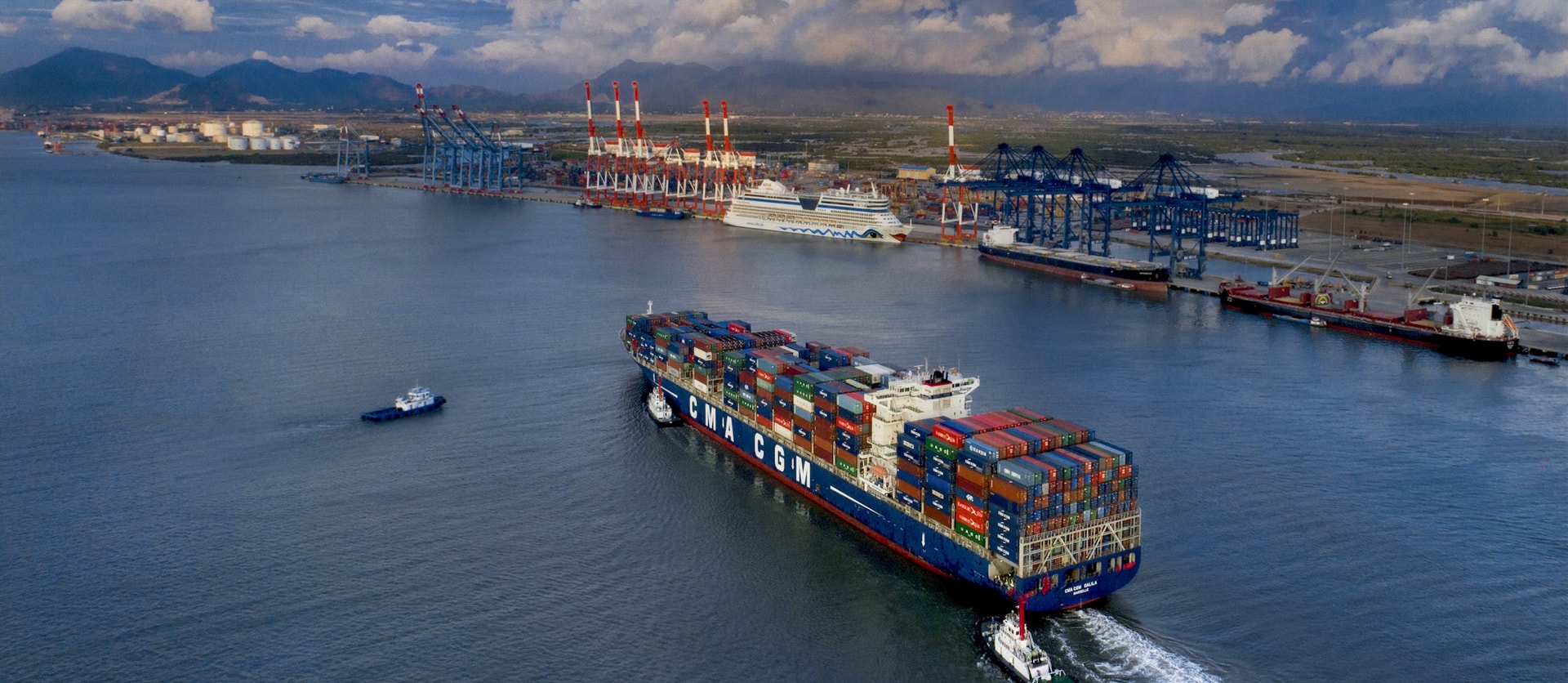
Conclusion
Southeast Asia is gradually affirming its position as an essential multimodal logistics hub on the world stage. The growth of the logistics industry within the region not only makes ASEAN countries more attractive to international investors but also contributes positively to regional economic growth and integration.
Though challenges remain, the trend toward integration and innovation highlights Southeast Asia's tremendous potential to become a key link in the global supply chain. Infrastructure investments and the active participation of major logistics companies provide significant momentum for continued strong development, contributing notably to the stability and growth of the global logistics market in the years to come.


.jpg)
.jpg)

.jpg)
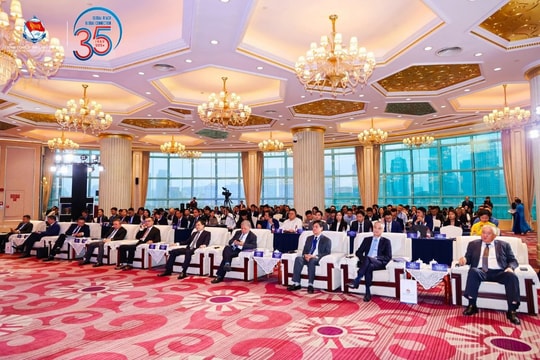


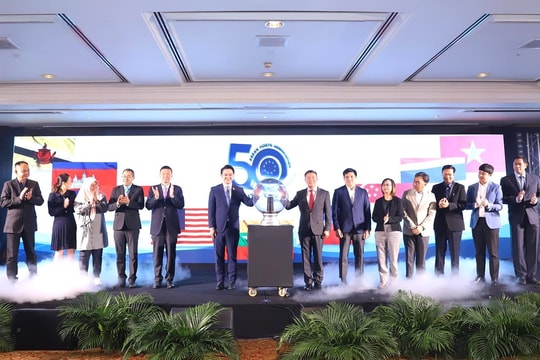
.png)
.png)
.png)

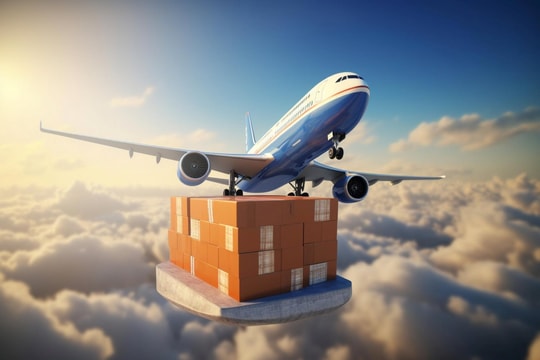
.png)
.png)


